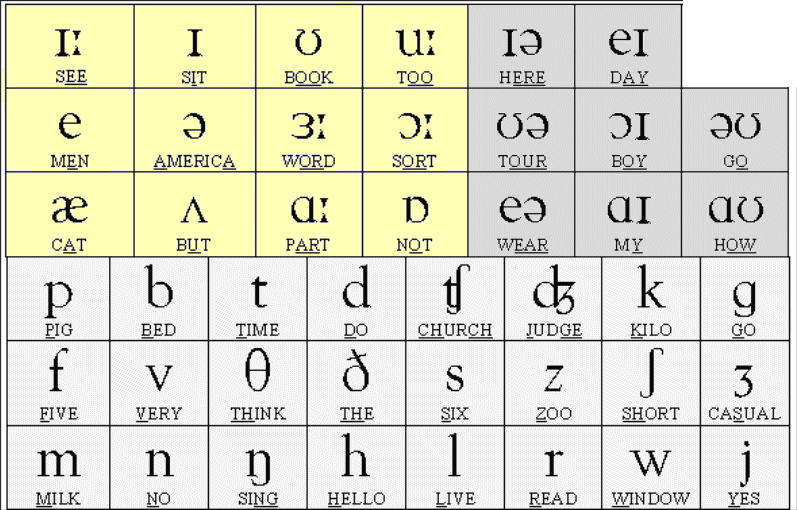

It was the ultimate test of Franklin’s scholarship and polymathy, a phonetic alphabet designed to have a “more natural Order,” than the existing system. However, because, Webster lacked the type blocks to illustrate Franklin’s changes, the alphabet wouldn’t be seen until Franklin had new blocks cast to print the alphabet for his 1779 collection of writings, Political, Miscellaneous, and Philosophical Pieces. He also proposed a redesigned alphabet – a new language for a new nation.įranklin developed his phonetic alphabet in 1768 but it wasn’t published until 1789, when Noah Webster, intrigued by Franklin’s proposal, included its description in his book Dissertations on the English Language. For instance, there’s his suggestion that the turkey was a more appropriate national symbol than the eagle, which he saw as “a bird of bad moral character.” Franklin’s vision for American didn’t stop with independence and iconography. But he also had some notions that, while founded on sound logic and pragmatism, seem quite bizarre in retrospect.

Politician, scientist, inventor, printer author, he was a visionary whose ideas helped shape America. Nevertheless, a NATO unclassified version of the document is provided to foreign, even hostile, militaries, even though they are not allowed to make it publicly available.Benjamin Franklin was many things.


However, ATP-1 is marked NATO Confidential (or the lower NATO Restricted) so it is not publicly available. The name NATO phonetic alphabet became widespread because the signals used to facilitate the naval communications and tactics of the United States and NATO have become global.
#BRITISH SPELLING ALPHABET CODE#
Because the latter allows messages to be spelled via flags or Morse code, it naturally called the code words used to spell out messages by voice its “phonetic alphabet”. The alphabet’s common name (NATO phonetic alphabet) arose because it appears in Allied Tactical Publication ATP-1, Volume II: Allied Maritime Signal and Maneuvering Book used by all allied navies in NATO, which adopted a modified form of the International Code of Signals. NATO uses the normal English numeric words (Zero, One, with some alternative pronunciations), whereas the IMO uses compound numeric words (Nadazero, Unaone). The same alphabetic code words are used by all agencies, but each agency chooses one of two different sets of numeric code words. It is a subset of the much older International Code of Signals (INTERCO), which originally included visual signals by flags or flashing light, sound signals by whistle, siren, foghorn, or bell, as well as one, two, or three letter codes for many phrases. It is used by many national and international organizations, including the International Civil Aviation Organization (ICAO), the International Telecommunication Union (ITU), the International Maritime Organization (IMO), the North Atlantic Treaty Organisation (NATO), the Federal Aviation Administration (FAA), and the American National Standards Institute (ANSI). The paramount reason is to ensure intelligibility of voice signals over radio links. Instead, the NATO alphabet assigns code words to the letters of the English alphabet acrophonically so that critical combinations of letters (and numbers) can be pronounced and understood by those who transmit and receive voice messages by radio or telephone regardless of their native language, especially when the safety of navigation or persons is essential. Though often called “phonetic alphabets”, spelling alphabets have no connection to phonetic transcription systems like the International Phonetic Alphabet. The NATO phonetic alphabet, more formally the international radiotelephony spelling alphabet, is the most widely used spelling alphabet.


 0 kommentar(er)
0 kommentar(er)
